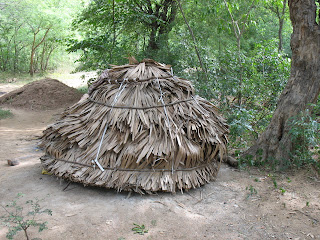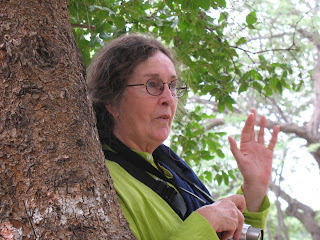The following report appeared in Tamil Nadu papers on October 10th giving information about some of the consequences of the changing rate of the rupee against the dollar and how it is affecting industry and employment in South India:
“It has been a virtual mayhem in select sectors due to the hardening of the rupee against the dollar, and all these sectors have been traditionally high export revenue grossers.
The knitwear industry in Tirupur in Coimbatore, which put the country on the international map long before IT and ITES became the buzzwords, is in severe crisis, and faces the possibility of nearly 100,000 people losing their jobs. Another 40,000 are facing threat of being laid off in the granite industry. The powerloom sector and the cotton yarn industry are also in a tailspin, as rupee appreciation has resulted in fewer export orders, and lesser margins.
The knitwear industry, which had grossed Rs 10,000 crore in exports last year, will find it difficult to maintain the 20% growth rate it has been clocking the past few years. “The situation is really alarming. We should be lucky if we even manage a 5% growth this year,” says the president of Tiruppur Exporters Association. Of the total workforce of about 400,000 in the industry, the cut-back in the orders has already led to 7,000 jobs lost, and unless there is a dramatic turnaround the figure could easily climb to 100,000 by the end of the year.
If knitwear is concentrated mainly in Tirupur, the effect on granite industry covers a much larger geographical area. The industry employs around 100,000 people, most of them in the quarries in Districts like Tiruvannamalai, Madurai, Dharmapuri, Krishnagiri, Salem and Tiruchy. The State accounts for nearly 40% of the country’s total export of Rs 4,450 crore.
Though the industry had shown a steady export growth (last fiscal it was 40%), this year the target was scaled down to 25-30%, and now further downsized to 5-10%, as about half of the 120 export units are already experiencing serious losses. According to industry sources, the margins, which used to be between 3-10%, have now shriveled to nil or even negative in many cases. The demand of the exporters for an upward revision of prices by about 5% has been met with resistance by the importers, who find the cost of import from China competitive.
More seriously affected is the powerloom sector, where Tamil Nadu accounts for almost 65% of exporting units. According to the Chairman of the Powerloom Development and Export Promotion Council, already 3,000,000 people have been rendered jobless throughout the country due to the crisis in the industry. Just six months ago, the exporters were getting a margin of 10%, but are now facing losses as high as 5%. Moreover, orders are also moving off to China and Bangladesh, whose currencies have weakened against the dollar. The litany is almost similar in the textile industry, where the bottomline of cotton yarn exporters has been severely dented.”


















































